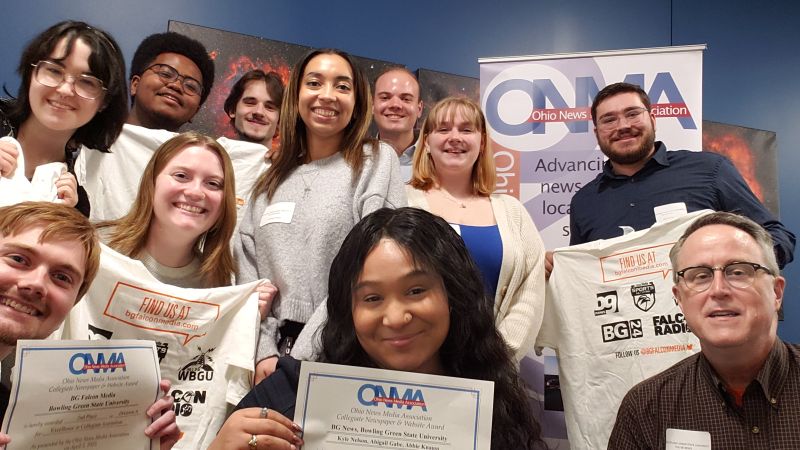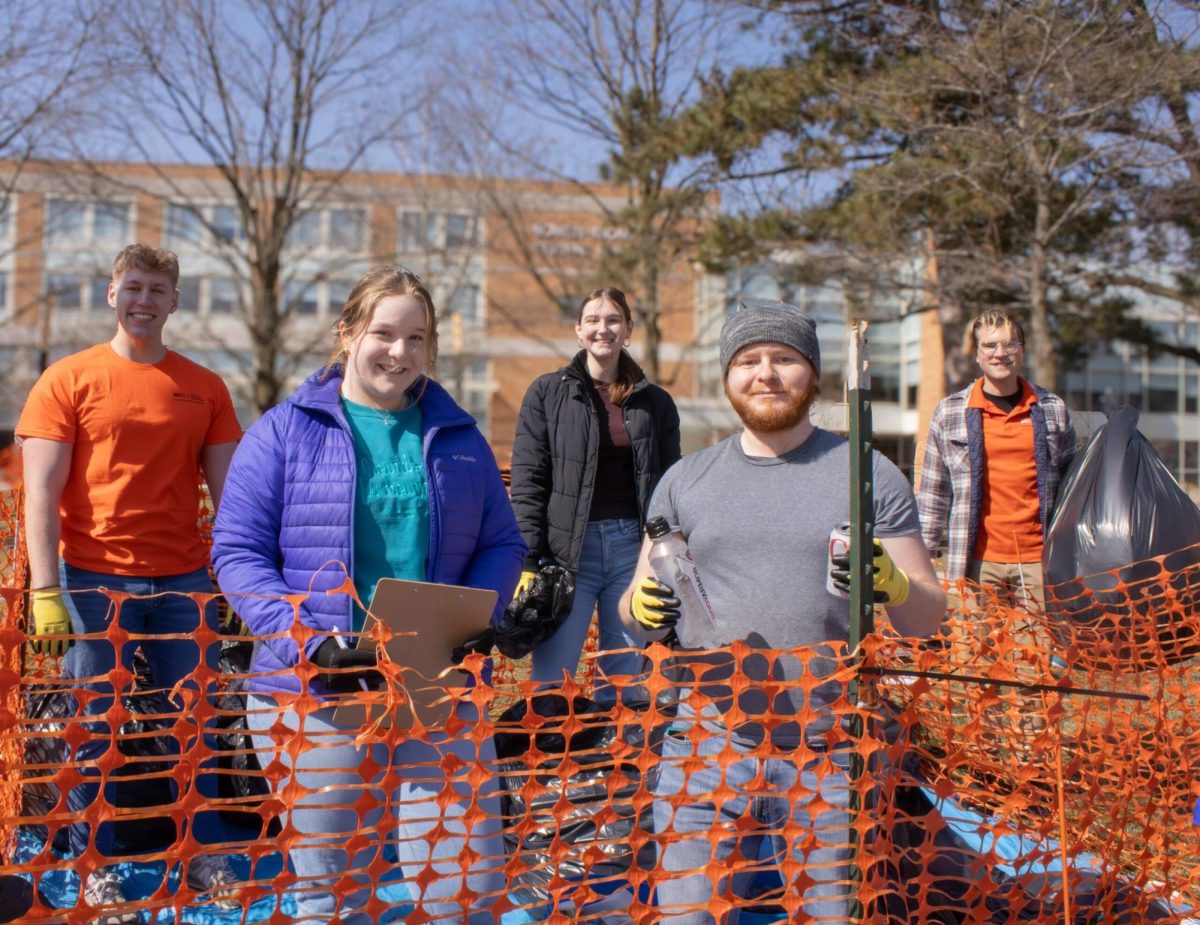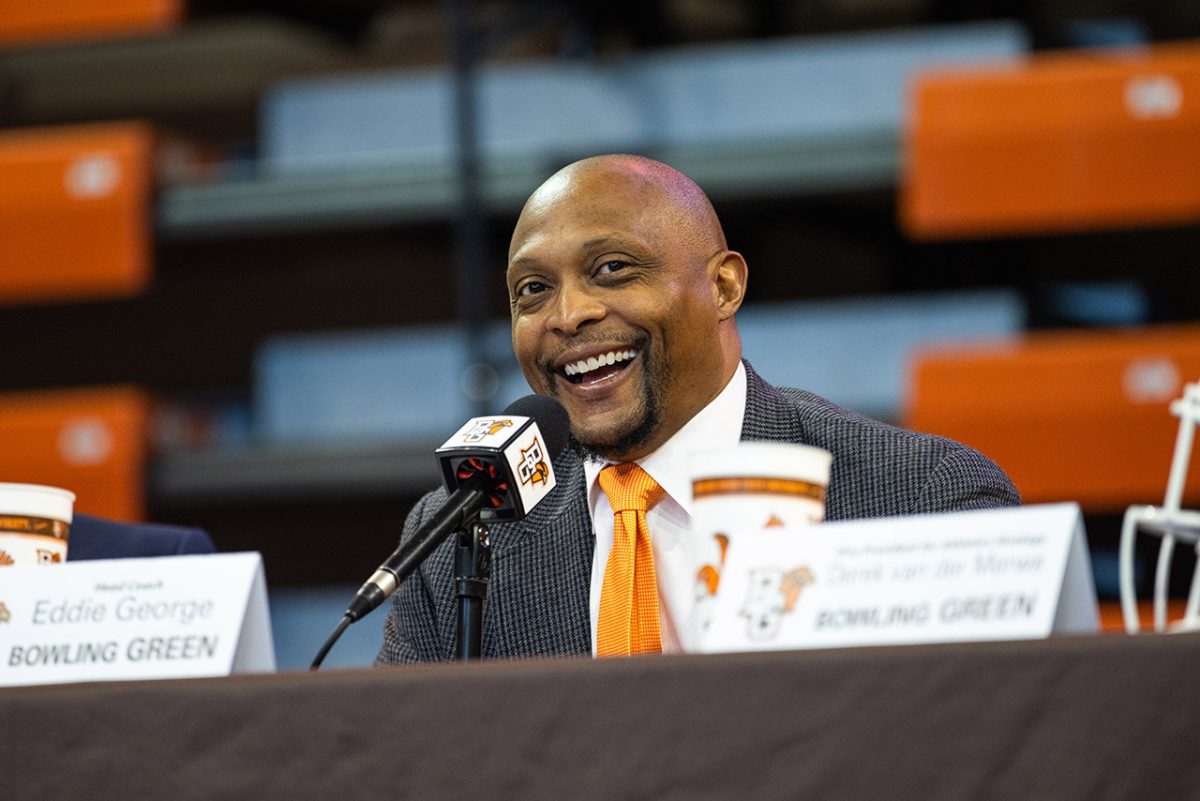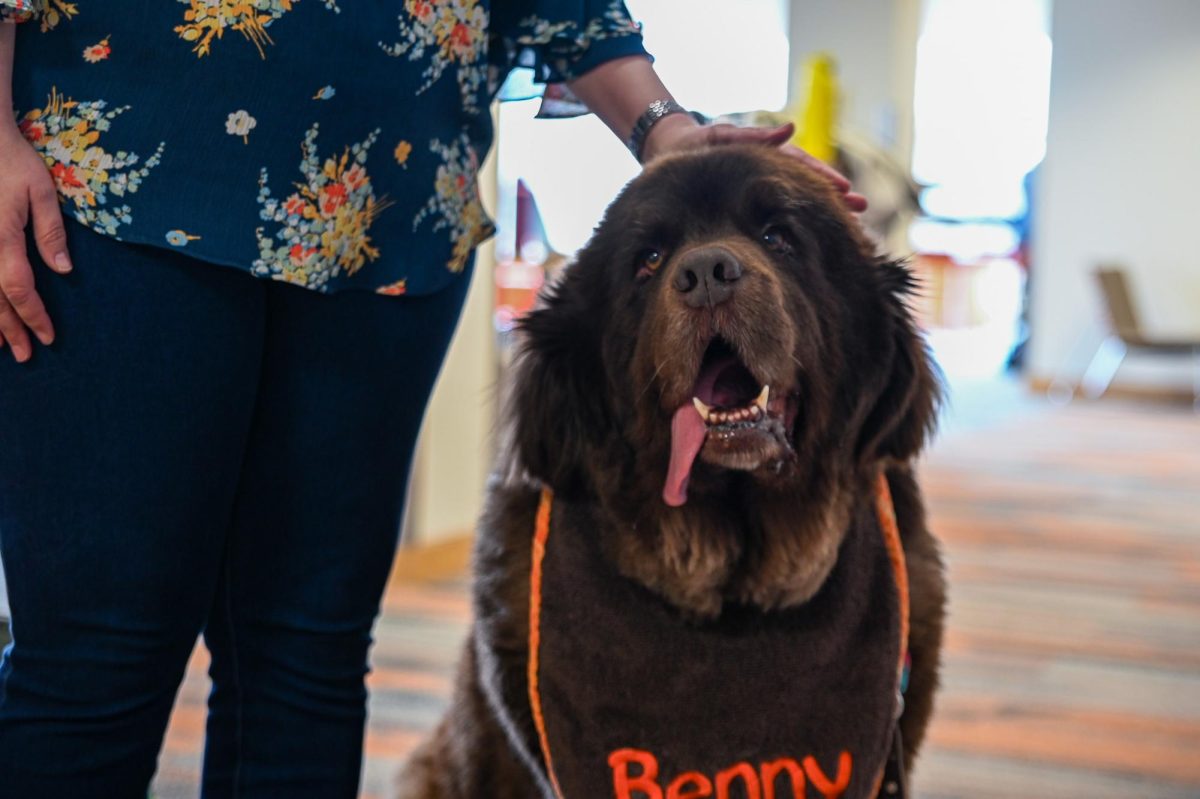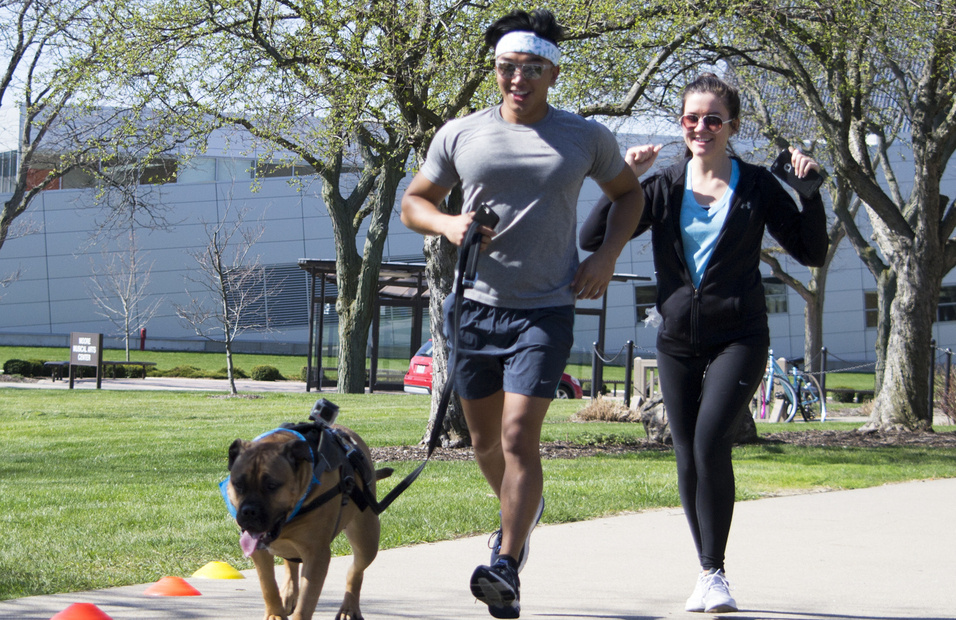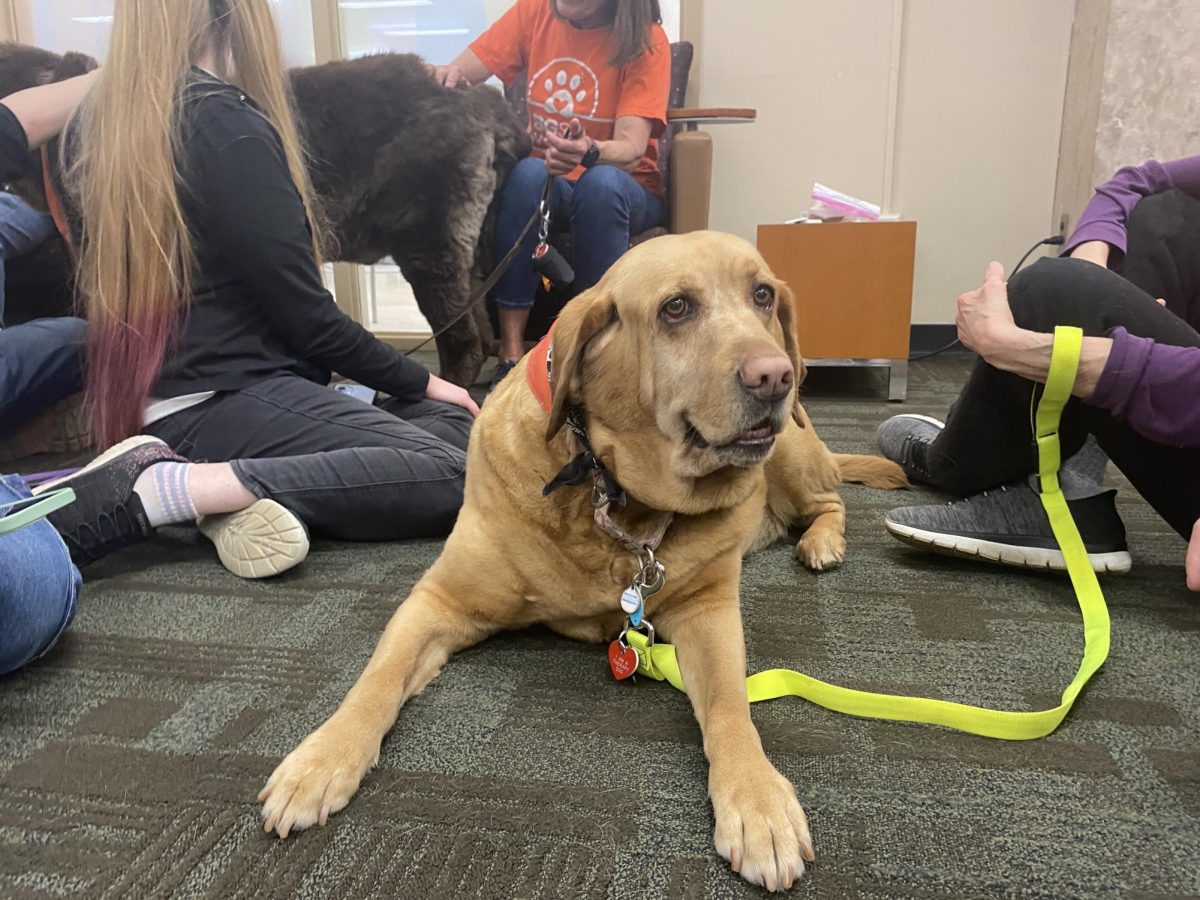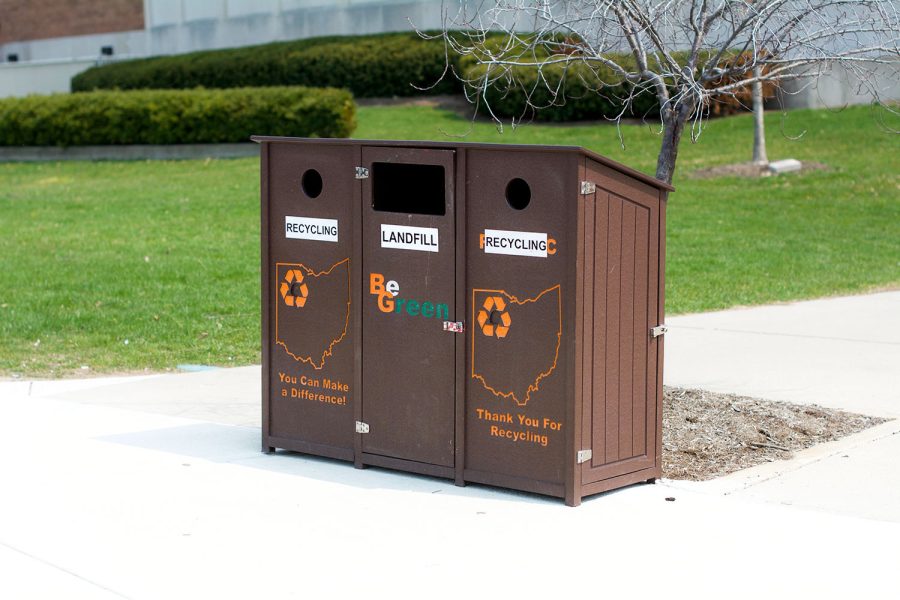Some University students are putting the final touches on their original business ideas to present for investors at The Hatch. This year’s Hatch program will see several changes from previous years, affecting both the Hatchlings and audience.
The first of many changes comes in the form of a location move. While The Hatch has been held at the Stroh Center for the last three years, when the programs was born, this year’s Hatch will be held in the Union Ballroom on Thursday, April 7 from 6-8 p.m.
Eleven Hatchlings, students participating in The Hatch, will present eight projects, narrowed down from the original 130 applicants. During Thursday’s event, a panel of investors, as well as audience members, will listen to presentations from the Hatchlings, and if the investors choose to fund any of the projects, those funded Hatchlings will have the opportunity to start up their own company.
While there are 11 Hatchlings, there are only eight projects, as this is the first year teams have been allowed to enter The Hatch. Three teams qualified as finalists.
One team is comprised of University sophomores Collin Newton and Kiersten Castner. The two College of Business students are presenting “Trace Case,” a phone case or wallet that stores credit and ID cards, keeping track of where and when the card was last removed from the case. The case also connects with an app that notifies the owners if their cards aren’t returned to the case within a specific time period.
“The hardest thing was the communication aspect,” Newton said about the team component. “We all need to figure out how that chain of communication works.”
He said while communicating with Castner was no problem, sometimes their mentor or other important people were left out of the loop.
One facilitator the Hatchlings have been constantly in contact with is Kirk Kern, a University professor of entrepreneurship and director of the Dallas Hamilton Center. Kern founded The Hatch four years ago with Business College Dean, Ray Brown.
Both Brown and Kern have started their own companies and companies for others, “and now to be able to do that with a student, it’s a dynamic opportunity,” Kern said.
Part of Kern’s responsibility in planning The Hatch is to build a 10-week “intensive immersion of entrepreneurship education” curriculum and match Hatchlings with a mentor.
“You hit almost every aspect of business in this process,” Newton said about the 10-week training session.
Hatchling Ryan Murphy described the 10-week training as hectic with “lots of curve balls, lots of work and lots of learning. It’s basically like a full time job.”
Murphy and his partner Baqer Aljabr will present “The Park Shark Robot,” an autonomous mobile surveillance and security robot. The project is a result of group think within Falcon Robotics, a campus club Murphy founded. The robot has the ability to ticket illegally parked cars and has video and audio surveillance.
Kern also holds independent studies with each Hatchling throughout the planning process. During these individual studies, Kern instructs on tasks at hand such as promotion, marketing or financials.
“People think it’s about starting companies,” Kern said. “It’s really about educating young entrepreneurs how to think differently and to take an idea and get it ready for a presentation.”
While planning The Hatch is a lot of work, Kern said it’s not without its perks.
“It’s so rewarding,” he said. “I mean it’s just incredibly, for me personally, just a wonderful opportunity to get one-on-one with a student but also to help them achieve their goal of potentially [launching] their own business at some point.”
Castner said the planning process didn’t come without difficulties.
“We’re only sophomores and some other people in this program aren’t even business students, so trying to figure out exactly how to do some of the things was definitely a challenge,” she said.
Murphy found himself out of his comfort zone in a sense as well.
“Being an engineering technology major, it was a big shift to suddenly go to all this business stuff and all this business curriculum … but seeing as our product is a robot it certainly helped out in designing that.”
While any undergraduate student in any major can apply to be a Hatchling, Kern said the plan is to widen the scope of Hatchlings. This year, the first graduate student, Giuseppe Giamanco, is participating in the Hatch. The plan is to eventually open the program to BGSU faculty and staff as well as alumni.
“Every hatchling—anyone who gets in this program—is stellar,” Kern said. “This is an exclusive group and it has been since we started it.”
Each year, of the roughly eight to eleven projects selected, three or four typically get funded, depending on the quality of ideas and how those ideas align with the interests of the investors.
“Not everybody should get funded. We only want the best,” Kern said.
He said while not every Hatchling will receive formal funding from the panel of investors, there could be an investor in the audience who would want to take on a Hatchling’s project.
“One of our biggest hopes is to make our mentor proud,” Newton said. “We’re hoping the night of (The Hatch) to make him smile and get a pat on the back.”
Newton and Castner’s mentor, Paul Hooker, has had a lot of success, having all three of his previous Hatchlings receive funding during The Hatch.
“Those are some big shoes to fill,” Castner said.
Another new addition to this year’s event is the Hatch Spotlight. At the Spotlight, past Hatchlings will be available for attendants to visit and possibly buy their Hatch products in the Lobby area outside the Ballroom.
While tickets to The Hatch main event and The Hatch Watch Party in Olscamp are sold out, the event can also be live streamed from anywhere in the world, and Murphy encourages students to hold their own watch parties.
“We encourage people to show up and just have a great time, and of course support these students,” Kern said.


